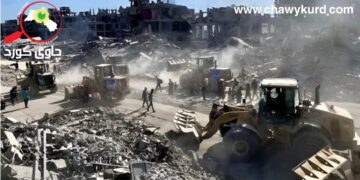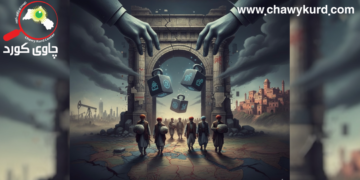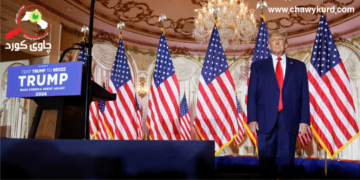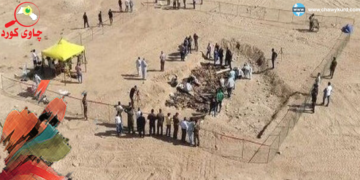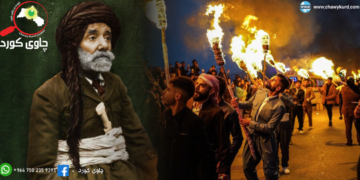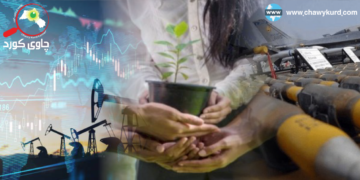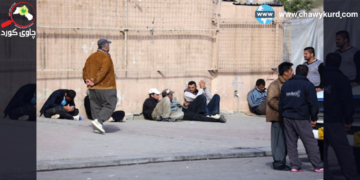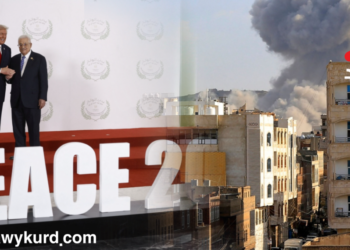The Middle East as a political, geographical, economic, security, historical and cultural region is considered a source of conflict not only regionally but also globally. If we look at the situation in the region over the past hundred years, there are still all kinds and levels of conflict. After the events of October 7, 2023, the Middle East entered a completely different stage from before, in the sense that this event became a turning point in the region and divided the situation in the region into two stages. After this history, it is very difficult for the region to go back in terms of political and strategic equations, so immediately after this incident, the situation in the region changed completely both politically, security and strategically. The war that Hamas launched went beyond control, making the battlefield much wider than just Hamas’ war against Israel.
Almost immediately all the governing groups of the Islamic Republic of Iran, which call themselves the Resistance Front, with the help of Tehran, began to threaten and sometimes attack Israel in order to end the balance in their favor, but the situation was completely reversed what they didn’t think Israel did. Initially, Israel started by targeting Iran and carried out a series of deadly and waist-breaking strikes against Iran, especially the actions carried out over the past eight months, which showed that Israel can not only weaken the resistance front but is capable of several fronts He should fight against them separately.
“The events of October 7, 2023 and Tehran’s restrictions in the region”
Through the restrictions imposed by the “strategy of containment”, the “desired Iran” is achieved that serves Western interests within the framework of Arab states that see themselves as heads of state or leadership of the Arab world, with the sectarian conflicts it provokes. At the same time, he raises anti-Western slogans. On October 7, 2023, Iran saw an opportunity to increase its share in the Middle East auction, which Tehran believed was time to reap the rewards of its strategies and believed it could invest more regionally, and continues to fight with their blood, treasures and capabilities, while its borders remain safe from the fires that Tehran has been taking for years, and It has continued to implement this strategy, unaware that it is going beyond its assigned role.
“Means of Limiting Tehran’s Role”
Once Tehran exceeded its assigned role, it appears that a decision was made to reduce this role, allowing it to expand, two ways to reduce this role were discussed: the first was direct action, by striking the regime in its home strength and some Israeli circles and The US supported that, but the other strategy—the easiest and most applicable—is to strike some of its weapons and security barriers. It was the regime that had built it over decades to keep fire from reaching its borders, by striking its militias that have a direct impact on Israel, while protecting other militias for future rounds of sectarian conflict in which Iran is deeply involved.
As the conflict between the various geopolitical projects intensifies, the opportunity to return Tehran to the events of October 7, 2023 is lost, because Tehran, both as a threat and through its proxy groups, constantly pursues Western interests and sometimes. They are targeting the West itself, which includes striking and targeting its military bases it includes the United States in Iraq. International powers seize opportunities to achieve their interests, which leads to redrawing borders, maps and spheres of influence, in a way that suits the interests of powers that are able to shift to the right time, to protect its interests.
The international powers want to limit Iran’s regional role, not eliminate it completely. This limitation is appropriate because it protects those who harm the region and weakens those who pose a threat to Israel and Western interests.






